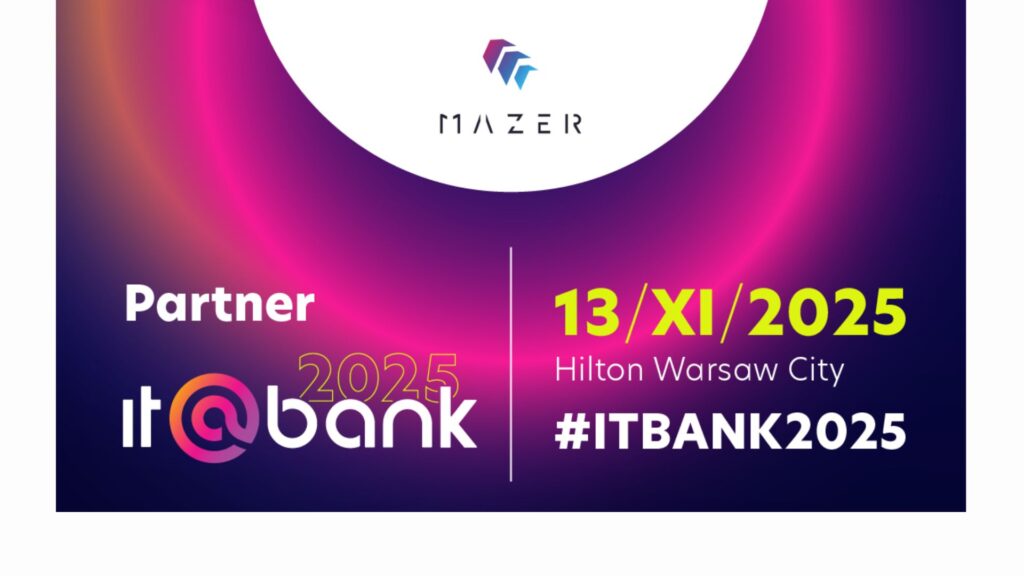When to Use Information-Based vs. Story-Based VR Training
Table of Contents:
Not all VR training is created equal, and that’s exactly the point. Depending on what you’re trying to teach, how your employees will use that knowledge, and how complex the scenarios are, different types of VR training methods may fit the bill best. Among the ones you’ll find on the market today are story-based and info-based VR training options. These offer radically different experiences and outcomes, though, and understanding when to choose which and how they stack up against organizational needs is crucial. Today, we’ll help you navigate this choice, break down the methods, and unpack their differences.
Types of VR Training Methods
Let’s kick this off by taking a closer look at the two main types we’re discussing today to better understand their intricacies, use cases, and potential impact of VR training:
What Is Information-Based VR Training?
Info-based VR training places learners inside virtual environments focused on transferring knowledge directly. These modules typically inform, guide, and demonstrate without relying on the learner’s own agency to answer questions and perform tasks.
Another way you can think of it is as an upgrade to your traditional training methods. Instead of reading through dozens of pages of an instructional manual or flipping through an old PowerPoint, learners can engage more actively in an immersive situation, absorb knowledge at their own pace, and interact with world objects or situations to foster stronger understanding. The focus here is on laying out concepts with clarity, not necessarily to promote self-guided decision-making.
What Is Story-Based VR Training?
Conversely, story-based VR training goes beyond simple instruction-giving and drops learners into a fully interactive narrative where they are prompted to make choices. Depending on your needs or whether you’re using a custom-made or off-the-shelf VR solution, an option to evaluate their performance and decisions could also play a crucial role.
Most often, these experiences are structured like short stories or scenarios where the learner directly impacts the outcome. Story-based VR is excellent for developing soft skills in precarious customer interactions like ethical dilemmas or conflicts. Because of the higher emotional engagement, knowledge retention and correlation with real-world problem-solving are typically better than in info-based VR training.
Story-Based vs. Info-Based VR Training – When to Use Each?
Choose information-based VR when your training objections are focused on knowledge transfer and building familiarity with the environment your employees will be working in. For example, one classic use case is onboarding new hires in manufacturing or warehouse settings and walking them through safety zones, emergency exits, and storage layouts.
On the other hand, story-based VR can be the better choice when your goal is to either reskill your employees to avoid (or promote) specific behaviors or when you’re trying to prepare them for nuanced, unpredictable situations that require dynamic, on-the-spot decisions. These experiences help develop emotional intelligence and adaptability, not just repeating patterns.
Can You Combine Different Types of VR Training Methods?
The question shouldn’t necessarily be about whether you can but whether you should – and the answer is yes! The two methods complement each other perfectly. Let’s take story-based VR, for example. Even if you desire the higher degree of interactivity and agency it provides, if your employees haven’t built a solid foundation of universally applicable knowledge and procedures, training them in highly specific scenarios won’t be nearly as effective.
It’s only by combining both approaches that you can create a layered experience, establishing a baseline level of knowledge first and then implementing it in realistic scenarios. That’s one of the many benefits of custom VR training solutions – you decide precisely how many resources are allocated to each layer.
The Takeaway
So, story-based vs. info-based VR training – what’s the verdict? Both have their own pros and cons, and in truth, they function best when paired with one another rather than pitted against each other. A hybrid solution often delivers the best of both worlds, so unless your training needs are either strictly informative or exclusively about adaptable decision-making, your best bet is combining the power of story- and info-based VR for the best results.
Read also: Gaining Executive Buy-in for VR Training

Author: Rafał Siejca
Rafal has over twenty years of corporate experience, including roles at Millennium Bank, Comarch, and leading software teams at PZU, one of Europe’s largest insurance companies. As one of Poland’s few true VR experts with a decade of experience, he ensures timely, high-quality project delivery as CEO and CTO.










